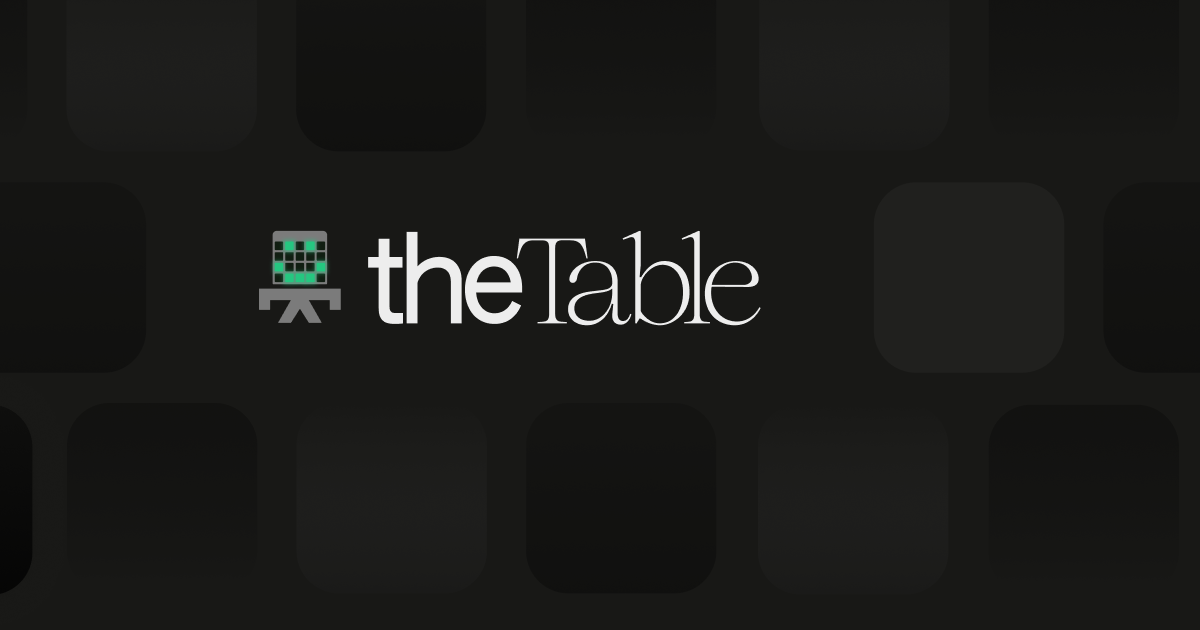Understanding Date and Time Extraction in MS SQL Server
 DbVisualizer
DbVisualizer
MS SQL Server, a powerful RDBMS, facilitates complex data management and analysis. This guide highlights key methods for extracting date and time from datetime values, employing the CONVERT and CAST functions for efficient data manipulation.
Key Methods for Date and Time Extraction
Extracting datetime values is essential for data analysis. The SELECT getdate(); query fetches current date and time. The CONVERT function, with queries like SELECT CONVERT(date, getdate());, extracts the date part, while SELECT CONVERT(VARCHAR, getdate(), 108); gets the time. Additionally, the CAST function, through SELECT CAST(getdate() AS date);, also facilitates date extraction from datetime values.
Streamlined FAQs
How does CONVERT work? It changes data types and helps in extracting specific parts from datetime values.
What's the role of CAST in datetime extraction?
CASTalters the expression's data type, useful in isolating date or time from datetime.
Final Thoughts
Leveraging the CONVERT and CAST functions simplifies date and time extraction in MS SQL Server. These capabilities are crucial for effective data handling and presentation. For further insights and examples, check out Extracting Time and Date in MS SQL Server: A Comprehensive Guide.
Subscribe to my newsletter
Read articles from DbVisualizer directly inside your inbox. Subscribe to the newsletter, and don't miss out.
Written by

DbVisualizer
DbVisualizer
DbVisualizer is the database client with the highest user satisfaction. It is used for development, analytics, maintenance, and more, by database professionals all over the world. It connects to all popular databases and runs on Win, macOS & Linux.